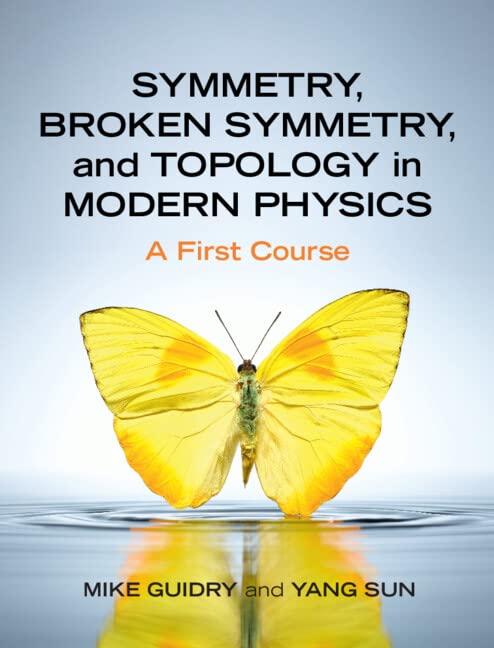Seniority quantum numbers typically measure how many fermions are in some sense not paired with another fermion.
Question:
Seniority quantum numbers typically measure how many fermions are in some sense "not paired" with another fermion. For the quasispin model of Problem 31.3 , define the Racah seniority $v$ through
\[S=\frac{1}{2}(\Omega-v) \quad v= \begin{cases}0,2,4, \ldots, N & (\text { for } N \text { even }) \\ 1,3,5, \ldots, N & (\text { for } N \text { odd }) .\end{cases}\]
Show that (i) the absolute value of the energy depends on $N$ and $v$ but the spectrum for fixed $N$ is a function only of $v$ (degenerate in all other quantum numbers); (ii) the ground state corresponds to having all the "quasispins" aligned if $G$ is positive and this is a $v=0$ state; (iii) for an even number of particles the first excited state is $v=2$, and its energy is independent of the number of particles.
Data from Problem 31.3
Show that for a Hamiltonian of the form
\[ H=-G \sum_{m, m^{\prime}>0} a_{m^{\prime}}^{\dagger} a_{-m^{\prime}}^{\dagger} a_{-m} a_{m} \]
the energy eigenvalues for the quasispin model of Problem 31.1 are given by
\[ E=G\left(S(S+1)+\frac{1}{4}(N-\Omega)^{2}+\frac{1}{2}(N-\Omega)\right) \]
where $N$ is half the particle number, $\Omega=\frac{1}{2}(2 j+1)$ is half the shell degeneracy, and $S(S+1)$ is the eigenvalue of the operator
\[ S^{2}=\frac{1}{2} \sum_{m>0}\left(s_{+}^{(m)} s_{-}^{(m)}+s_{-}^{(m)} s_{+}^{(m)}+s_{0}^{(m)} s_{0}^{(m)}\right) \]
corresponding to the total quasispin.
Step by Step Answer:

Symmetry Broken Symmetry And Topology In Modern Physics A First Course
ISBN: 9781316518618
1st Edition
Authors: Mike Guidry, Yang Sun





